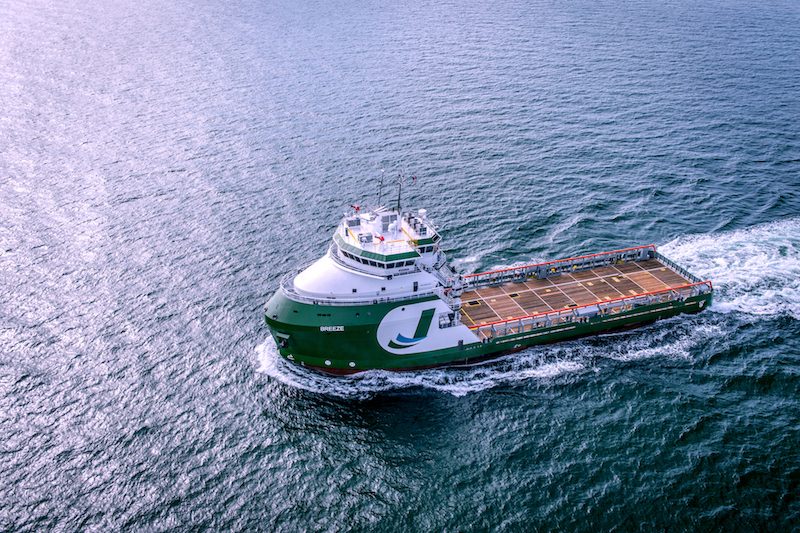In his June 17 article, WorkBoat contributor Barry Parker noted that “the underlying day rate markets are improving, but the equities have not reacted.”
That was the assessment of offshore drilling and offshore service vessel executives at the opening session at the 32nd annual Marine Money Week in New York in June. It’s a reasonable analysis. The question is, will the underlaying day rate markets continue to improve? The answer remains tenuous. As always, it depends on oil prices, which depend on supply and demand — but not entirely.
As of June 20, oil prices have settled a bit lower after an uptick following a larger-than-expected drawdown of U.S. crude stockpiles in early June. That drawdown “helped ease some of the supply side concerns in the energy market ... but U.S. supply data is a secondary influence on the market right now as there are too many other, potentially more important moving pieces in the market,” according to Tyler Richey, co-editor at Sevens Report Research.
So, what might those other concerns be?
According to Stewart Glickman, senior equity analyst at CFRS Research, “the biggest catalyst for crude oil prices will be driven by fiscal policy, not monetary policy.” In particular, the ability (or not) of the Trump administration to strike a trade deal with China will go a long way in determining emerging market GDP in our view and, by extension, emerging market oil demand.” The impact of a trade deal with China would be boosted by a possible interest rate cut by the Federal Reserve that would spur the U.S. market.
But then there is the OPEC+ (OPEC plus cooperating non-members) cloud hanging over everything. OPEC+ was scheduled to hold its next meeting July 1-2. There is growing concern that discord among members, particularly Russia, with regard to production caps could result in an increase in production from OPEC+, driving oil prices lower. For now, the price of oil is responding to the assumption that no breach of the OPEC+ production cap will occur. If there is a breach, the price of oil on the global market (including the U.S.) will decline and the effect on day rates and utilizations rates, while not dramatic, will not be good.
Thus, there are good and bad fiscal factors. But, the U.S. Gulf of Mexico has the highest rate of laid up OSV/PSV vessels in the world. Out of a fleet of 1,028 supply vessels, 390 (as of the end of April), or nearly 40%, are laid up. Of 176 construction vessels, 76 (32.75%) are laid up. Of the 62 mobile offshore drilling units in the Gulf of Mexico fleet, 13 (21%) are laid up.
If day rates are put in jeopardy by wayward OPEC+ fiscal policy, exacerbated by the laid-up equipment, it will take a high toll on the industry as we have seen before. If a China trade deal occurs, boosted by interest cuts, we should breathe a little easier.





